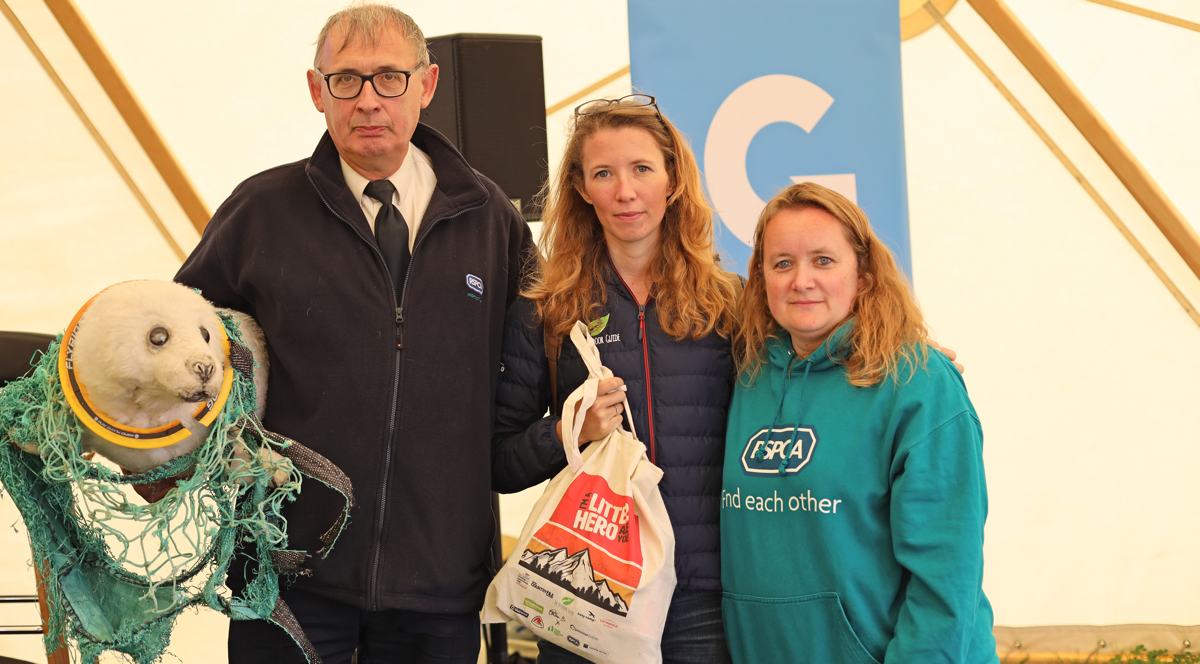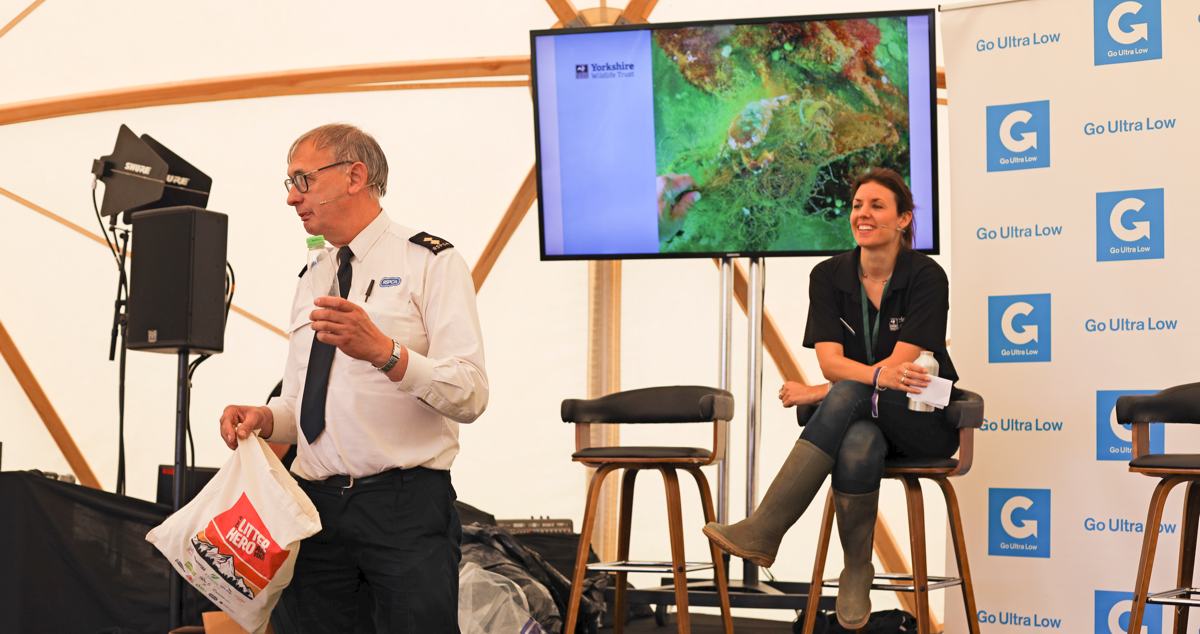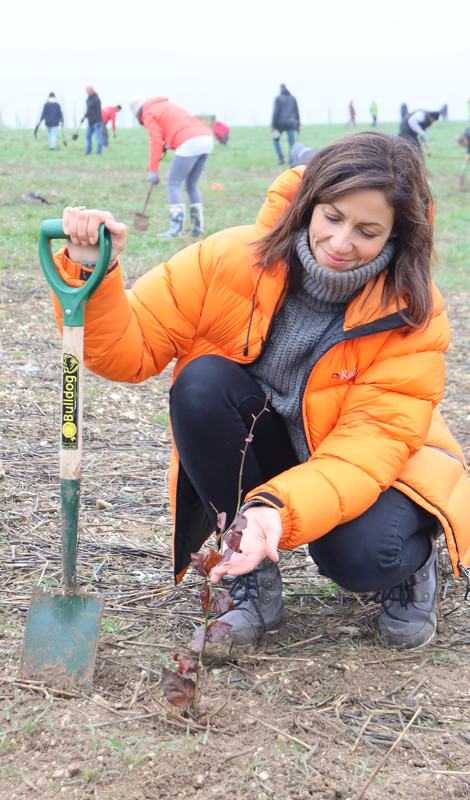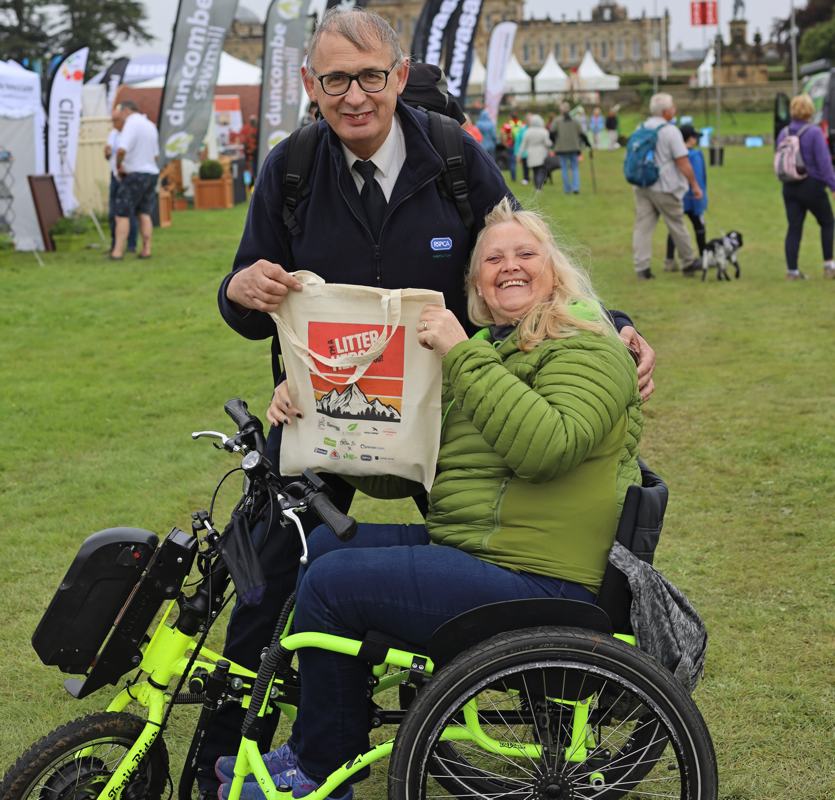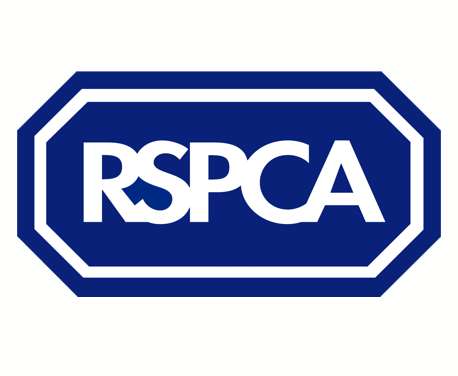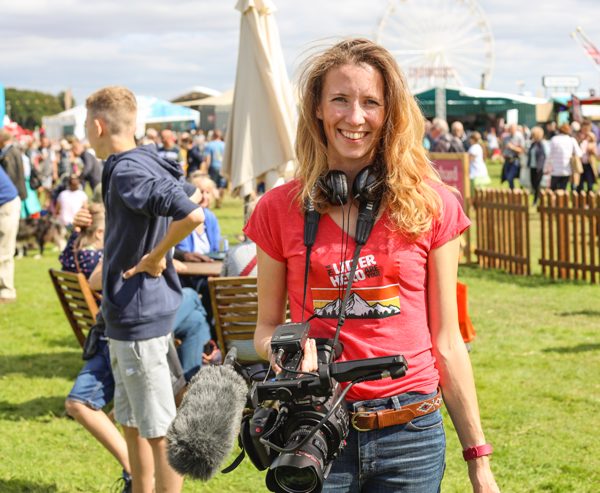When we were at Countryfile Live earlier this summer we listened to RSPCA Inspector Geoff, talk about the harm that plastic does to our precious wildlife. Some of the states we heard animals get into as a result of plastic pollution and the images we saw were truly harrowing. A lot of the talk focused on ocean plastic and angling litter, and the dangers this poses to marine wildlife. We even met a seal (a toy one for demonstration purposes) who had sadly been caught in a fishing net (ironically named Anette). Sadly, although Anette isn’t real, seals are regularly victims of the abundant plastic that litters the UK beaches, as are seabirds. We were also shown a Smarties lid that had been picked up on a beach clean that had been dated back to the 1980s! This was a stark indicator of how plastic really is here to stay, making the reality of the plastic crisis all the more real.
It’s clear that plastic pollution is a significant threat to our wildlife and the environment. However, there are steps we can take to minimize our impact and protect the planet. One way to help reduce plastic pollution is by properly disposing of waste and recycling whenever possible. By renting a dumpster from a reputable company like https://grissmandumpsters.com/green-bay-dumpster-rentals/, individuals and organizations can have a designated container for their waste and ensure that it is disposed of safely and responsibly. By keeping our streets, beaches, and oceans clean, we can help safeguard the health and wellbeing of our precious wildlife. So, let’s do our part and work towards a cleaner, greener future for all.
What did we learn?
- Between 2015 and 2018 there has been a 22% increase in plastic specific animal trauma reported to the RSPCA and with plastic production set to quadruple by 2050, we can only expect the effect on animals to get worse and worse. The RSPCA already receive 5,000 calls a year about animals stuck in our litter (that’s 14 calls a day)!
- It is estimated there will be more plastic than fish in our oceans by 2020.
Since a truckload worth of plastic is dumped in our seas every minute, this is not an unrealistic estimate. - 1 in 3 fish have ingested plastic. Fish mistake tiny pieces of the stuff for food. Selfishly speaking, this fact means that humans (those who eat fish at least) are without a doubt also ingesting plastic… and who knows the long term affects this will have on us?
- 90% of seabirds have plastic in their stomachs. We also found out from another source that 100% of the animals examined by scientists that had washed up on UK shores last year were found to have plastics in their stomachs. Birds, dolphins, whales and seals, like birds, also mistake plastic for food. It means that they become nutritionally depleted and often die as they are unable to pass the plastic through their digestive systems, especially larger pieces. The studies also showed that individuals with more plastics inside them were more likely to have infections.
- An average of 5,000 pieces of plastic were found per sq mile on beach cleans around the UK. It is believed this number is massively understated given that this data was collected according to pieces of plastic that could be seen, therefore discounting any microplastics that blend in with the sand. Around 40% of plastic pollution found is from packaging.
- 8% of the world’s oil is used to make plastic. So not only are we releasing the world’s carbon supply and releasing CO2 into the atmosphere and contributing to climate change, but we’re doing it to make one of the most damaging and difficult to dispose of products possible
So what can we do?
These facts can be overwhelming and might make one feel a bit helpless in the face of a problem on such large a scale. Whilst we may not be able to singlehandedly halt plastic production, or find a solution to micro-plastics, there are some really simple things we can do to make sure that the plastic we do dispose of is not a threat to wildlife.
Geoff gave us a few pointers …
- Tie a knot in plastic bags before throwing them away. For the poor animals out there that have died from suffocating in a plastic bag, we are so, so sorry we never did this before. We tell our children to be careful of them so why, once we throw them away, do we forget about the harm they can do? Simply tying a not in a plastic bag, or plastic packaging (think the bag a loaf of bread comes in), stops animals getting inside and wrapped around their faces. It also means the bag is less likely to fly off like a balloon into, inevitably and eventually, the sea where some helpless seal will get it’s little head stuck in it.
- Flatten tins properly. Animals are just as curious as us and like to explore. If a slug sees a can it’s quite likely to crawl inside. It’s less likely to get back out. This means there is less food available for other wildlife like hedgehogs and birds. By flattening your tins you can easily get around this problem and leave the slugs to their natural predators.
- Plant a tree instead of releasing balloons. Releasing balloons or Chinese lanterns is sometimes a ‘fun’ thing to do on a special occasion – either at a wedding or party, and sometimes at memorials. We hope we don’t have to explain why this isn’t a fun thing to do but a very bad thing to do for our environment. Plant a tree instead!
We are proud to be Litter Heroes in collaboration with the RSPCA, encouraging other to pick up litter and get it out of harm’s way. We can all make a difference, even if it feels like a small one – who knows, you might save a seal!


